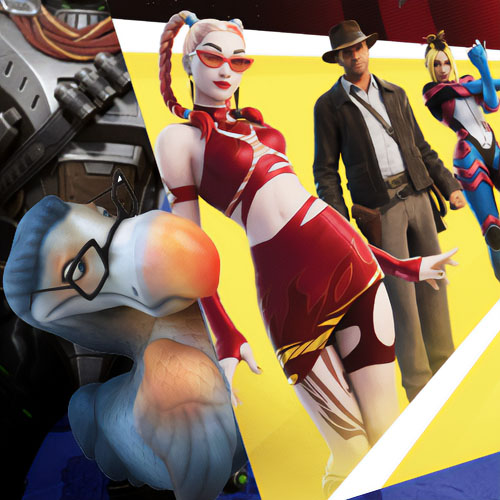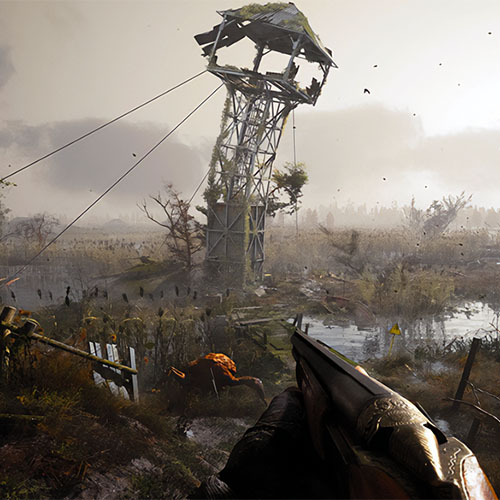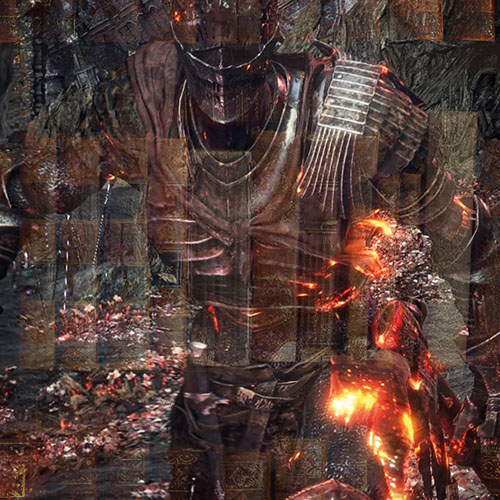What’s old is new again.
Tactical Role-Playing is Back in RPG
The tactical role-playing games (RPGs) many of us grew up with in the late ’90s and the early 2000s will always have a special place in our hearts — be it Baldur’s Gate, Fallout or Final Fantasy Tactics.
For a while, it seemed video games had moved on from the genre and on to greener pastures. As visuals got more advanced and gameplay more frenetic, there seemed to be no place for slow-paced, story-driven experiences. Outside a handful of select releases by Obsidian Entertainment and Larian Studios, most companies invested in role-playing as a whole preferred to adopt the “bigger equals better” approach of open-world RPGs like Skyrim and Cyberpunk 2077 — titles that blur the line between action game and RPG.
It’s hard to tell a story where your choices matter when your only options are to pull the trigger or swing a sword. Telling a story, or at least one that’s reactive to your actions, requires context and character motivation — elements that only an ample amount of dialogue options can offer.
Enter the tactical RPG: a genre that rewards patience and calls on players to invest time in creating and subsequently role-playing a character and doesn’t require much (if anything) in the way of reflexes. It’s no secret that as gamers are aging, so too are their tastes — and there are few things more accommodating to older gamers who want to sit back and think about their actions than an RPG that doesn’t penalize its players for not being good with a gamepad.
There’s nothing new about tactical RPGs — and it’s partly what draws so many gamers to them. Millennials who grew up on the turn-based and “real time with pause” RPGs of Y2K will feel at home with the new generation of titles led by the likes of Wasteland 3, Pathfinder: Wrath of the Righteous, and Pillars of Eternity II. Baldur’s Gate 3, made by longtime RPG producer Larian Studios, is also playable and slated for a full release in 2022.
Many millennials — at least those who didn’t lose themselves in Counter-Strike — grew up on tactical RPGs but that says nothing of the fact that the genre has always catered to a more mature crowd. It’s as if these gamers, now of age, are finally old enough to truly appreciate what the genre has to offer.
The resurgence of the tactical RPG is largely owed to the fact it can now be experienced by an audience that’s looking for more than the cheap thrill of landing the top spot in an Apex Legends leaderboard — a feat that requires quick reflexes and mastery of the first-person shooter. If you’ve played one tactical RPG, you already have the means to play them all. There’s no learning curve, unless you’re playing one for the first time ever.
There’s only one real way to play a shooter: You point and click. That’s it. In a tactical RPG, not only are there different difficulty options, there’s the option to play the game as one of a myriad different classes — such as a spellcaster, charming bard, swordslinger or stealthy rogue and every combination in between. In a well-made RPG, your experience gears toward your personal preference.
One unique feature offered by every tactical RPG is that each playthrough can be tailored to the player’s liking. Prefer to breeze through the combat? Just play on story mode or disable perma-death. Prefer a tactical experience? You can do that, too.
While a round of Apex Legends or Call of Duty can give you a quick fix — provided you play well, of course — games like Pathfinder offer a more fulfilling, substantial experience that lingers long after you’ve finished your first playthrough. These story-driven, tactically minded games require you to invest in your character and the choices you make, which impact the world and the characters around you.
The realms in which the stories take place offer a respite from the monotony and grind of the real world, away from cancel culture, crime and the hassles of daily life. It’s easy to get lost in the fantasy worlds of Faerûn, Rivellon or Golarion, settings replete with their own culture and political machinations — all of which you have an active hand in shaping. Here, your choices matter.
With the COVID-19 pandemic locking much of the world indoors, there are few better places to explore than the worlds behind the looking glass — and they’re adventures you can experience at the beat of your own drum.
Granted, around here “beat your own drum” could mean something entirely different, but consider the therapeutic value of video games either “as” or “after” beating that drum. This particular author confesses a preference for “FPS” (First-Person Shooter) games as a rule, though. The whole RPG position as basically Digital Dungeons and Dragons can be a little taxing if one has relaxation as the goal. If you really want to feel better, put on one of the original versions of DOOM (for PC, sorry), enter the “God Mode” (which means you cannot be killed), and then start attacking all the bad guys with just the chain saw. … You’re not going to win quickly, but invincibility can boost the spirit immensely. Of course if the technical hurdles make playing an old DOS game on Windows too challenging, just get yourself a shirt like I have and walk around watching people read the message. It says, “If I had superpowers there is a 100% chance I would use them inappropriately.” … Or if all of that still seems like too much work, read a truly excellent series of books and let someone else tell you a story. You remember reading, right?



















